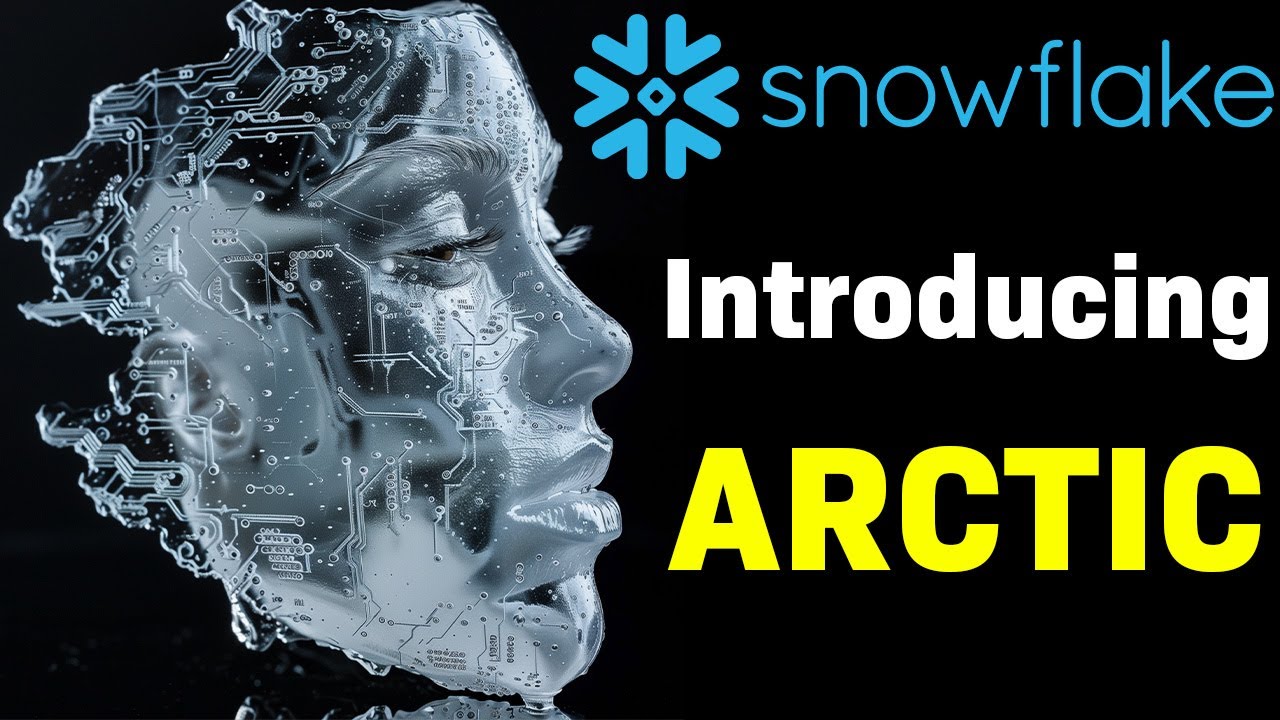Snowflake has launched Arctic, a large language model tailored for enterprise AI tasks, offering cost-effective training and open access to weights and code. The release of Arctic is accompanied by a comprehensive cookbook to facilitate model development, reflecting Snowflake’s commitment to sharing knowledge and promoting collaboration in the AI community.
The company Snowflake has introduced their new large language model called Arctic, which is specifically designed for enterprise AI. Arctic is tailored for the B2B space, aiming to solve the problem of expensive and resource-intensive LM development for big businesses. It excels in enterprise tasks such as SQL generation and coding benchmarks, while being cost-effective to train. Snowflake has taken an open approach by providing ungated access to weights and code, as well as open-sourcing their data recipes and research insights.
Arctic is available on platforms like Hugging Face, and Snowflake is emphasizing low-cost training for Enterprise intelligence. They compare Arctic with other models, highlighting its efficiency in providing top-tier Enterprise intelligence at a training compute budget of under $2 million. Snowflake’s unique approach includes a dense hybrid Transformer architecture with 480 billion parameters spread across 128 fine-grained experts, which is different from the common dense or mixture of experts architectures.
The release of Arctic is accompanied by a comprehensive cookbook, aimed at expediting the learning process for building world-class models using open-source software. Snowflake shares insights on data composition, advanced mixture of experts architecture, and model quality evaluation. The company’s focus on open sourcing and sharing research aims to enrich the collective knowledge and empower others in the AI community to succeed.
The conversation around open-source AI involves debates on AI safety, competition, and innovation. Some argue that open weights models are bad due to potential risks and anti-competitive implications, while others see open-source AI as a way to drive innovation and collaboration. Laura Edelson, a computer science professor, argues that open-source AI models do not impede development and can actually help mitigate risks. The open-source approach has been successful in software development, promoting faster innovation and security improvements.
In conclusion, Snowflake’s Arctic introduces a new approach to LM development with a focus on enterprise tasks, cost-effectiveness, and open sourcing. The company’s emphasis on sharing knowledge, providing open access, and expediting model development through their cookbook aligns with the growing trend of open-source AI. The ongoing discussions around AI safety, competition, and innovation underscore the complexity of the AI landscape and the importance of collaborative efforts in advancing the field.
